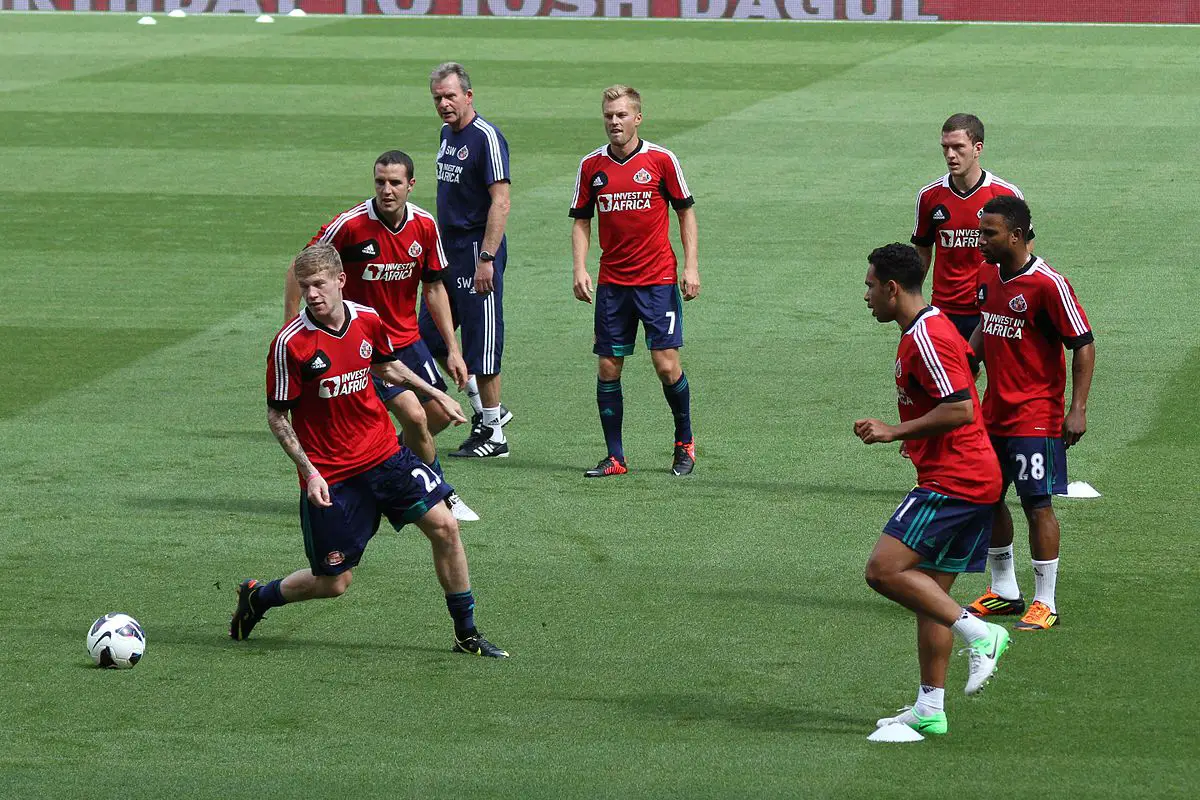 Passing is a fundamental individual skill in soccer, but when the whole team gets in on the act, it becomes something much greater than the sum of its individual parts.
Passing is a fundamental individual skill in soccer, but when the whole team gets in on the act, it becomes something much greater than the sum of its individual parts.
Possession is a key metric for team success, a requirement for scoring goals, and something that you need to be able to do well as a team, regardless of what any particular game plan is going to look like.
You may think that you need a whole team to work on possession, but this is not necessarily the case. In fact, one of the more popular possession exercises involves just 6 players. There are endless variations of adding numbers in different situations, though, so you can certainly utilize any higher number of players that you happen to have.
Let’s start with what teams and players most commonly do to work on their possession skills.
Rondos, 4v2, 5v2 and (Much) More
The most basic possession exercise has quite a few variations and you may call it a few different names.
Some refer to it as rondos, while others prefer to name the number of players who are serving in the drill, like 4v2 which indicates 6 players (this is the drill we referred to above). It’s closely related to some much simpler games that just about all of us are familiar with: keep away (aka “monkey in the middle”).
But no matter what you call it, the drill involves setting up a square area for playing. It is also characterized by a numbers up situation for the attackers (otherwise possession would be far too difficult to keep).
So in the most common example, we have 4 players on offense and 2 on defense, or 4v2. The offensive players usually start stationed on the outside of the square, while the defensive players start in the middle of the square.
To play, the offensive players try pass and keep the ball away from the defenders, who in turn try to intercept the ball and take possession.
If a pass is intercepted, the player in the middle switches to the outside and player who made the pass goes into the middle. Also, if a pass goes outside the square, then the player at fault (either the one who played a bad pass or failed to receive the ball properly) goes in the middle and the defender who has been in the middle the longest goes out.
Setting a Technical/Tactical Goal for Small Sided Possession Games
In these types of drills, possession is obviously the ultimate goal. But there’s more to it than just dinking the ball around. It’s important to have a purpose to work towards as you play. There are plenty of possibilities for what this could look like.
For example, the goal could be taking extra care to play the ball across your teammate’s body to their opposite foot so they can open up as they receive it.
It might simply be keeping your feet moving when anticipating a pass. Or picking your head up and scanning around before receiving a pass so you have a better idea of where you’re going to go with it.
For the defense, a goal might be communication between the two players, always saying who is going to press and who is going to cover.
There are many different types of benefits to rondos that have been studied extensively.
Variations on Possession Drills
We’ve already hinted at one variation that you can do: change up the number of players on offense and defense. 5v2 is another common one, and you can try playing with 1 or 3 defenders as well.
If you’re tweaking the number of players in the possession drill, then you’ll also want to consider varying up the size of the playing area. In general a smaller square makes it more challenging to keep possession and leads to quicker passing, while a larger field gives players more time and can get in more touches. (You can quickly set up soccer cones or extra shoes and move them to your heart’s desire.)
Offensive Link in the Middle: One possession drill that we like is used with a slightly larger square (or circle) and has one of the offensive players play in the middle and try to link play from one side to the other.
This will have them checking to the players on the outside, receiving the ball with a defender at their back, and either turning and dribbling or finding another open pass.
Other variations on these drills can incorporate larger numbers of players, which we’ll explore in the next section.
Larger Sided Possession Drills
You can take the main concept of the numbers up possession situation of a rondo and apply it to a bigger group. One good way to do this is the 4v4+3 possession drill.
To do this drill, use a larger area but make it somewhat rectangular. You are playing 4 offense versus 4 defense with three neutral (or all time offense) players who do not switch. Here when possession is lost, the whole team of 4 switches to defense and the defense becomes the offense.
Switching Possession Game: Another good drill to play involves two rectangles side by side. Play 4v2 or 5v2 in one rectangle with one offensive player alone in the other rectangle. If the offensive players get to a certain number of passes, they try to switch the ball over to the target player and if successful, everyone moves over to the other area to continue the game (minus one offensive player who stays and becomes the new target player).
There are also lots of different tweaks you can make to this type of switching game too; the sky is the limit!
Fun Possession Games and Challenges
Just because you aren’t playing a regular full team scrimmage doesn’t mean that you can’t make your possession drill just as fun as a game.
Passes = a point: One easy way to turn nearly any drill into a game is to say that a particular number of passes (5, 10, 12, etc.) will earn you a point. Sometimes a bonus can be given for a pass that “splits” the two defenders.
However, with any type of rondo in which offensive and defensive players switch frequently, it can be difficult to try to keep score.
So in these cases, another way to do it is not to switch when the ball is lost, but rather award the defensive team a point if they win the ball and resume play.
Find a fair number of passes for the offense to get a point and you have a challenge: which team can get to 5 or 10 points first.
Passing into Squares: Another good drill is to set up a few smaller squares inside the larger area which serve as target areas. The offensive team tries to complete a pass to a teammate who receives it inside the square.
To up the motivation levels even more, you can incorporate shooting on goal with possession drills.
You can set up any size grid and either a numbers up (like 6v4) or even (like 7v7) number of players. Your “goals” can be cones, or you can use actual goals to shoot on. Common parameters include making the team that is up numbers get to a particular number of passes before they can move towards and shoot on goal. The team that is numbers down usually is allowed to shoot any time they win the ball due to their disadvantage. You can also incorporate all of the other concepts like adding 2 or 3 neutral players. You can even set up two fields side by side, each with goals, and have your players switch sides as in the previously described exercise.
As you’ve hopefully seen by now, there is no shortage of possession drills that you can work on as a soccer team, from the basic 4v2 rondo up to a much larger exercise with the whole team and even goals.
If your team works on practicing possession, which drills have been your favorite?
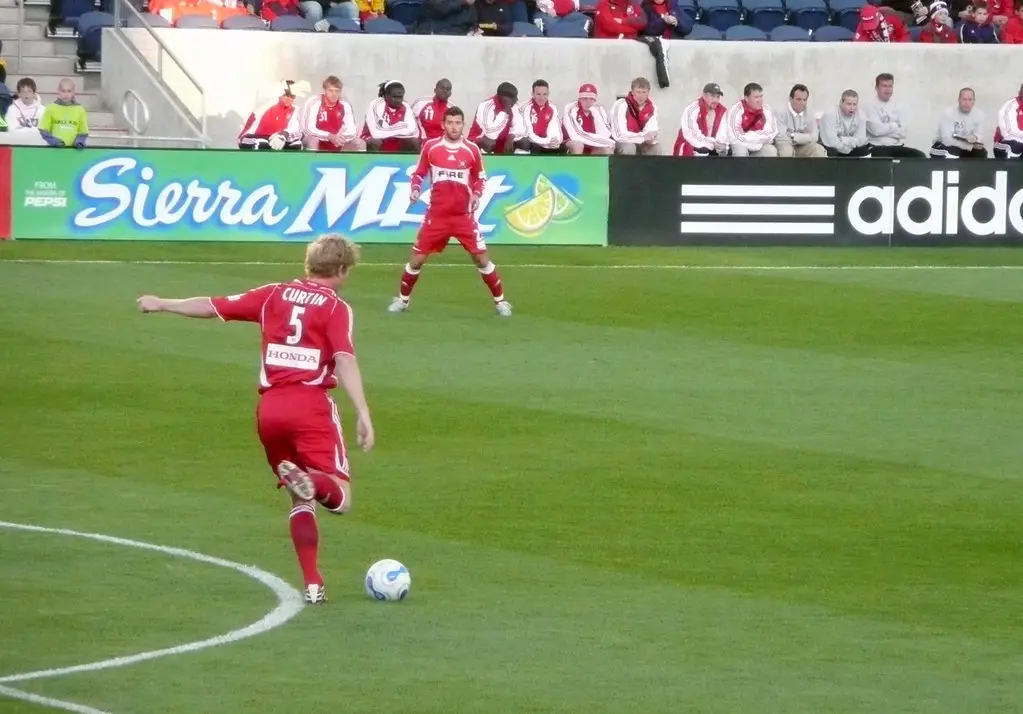
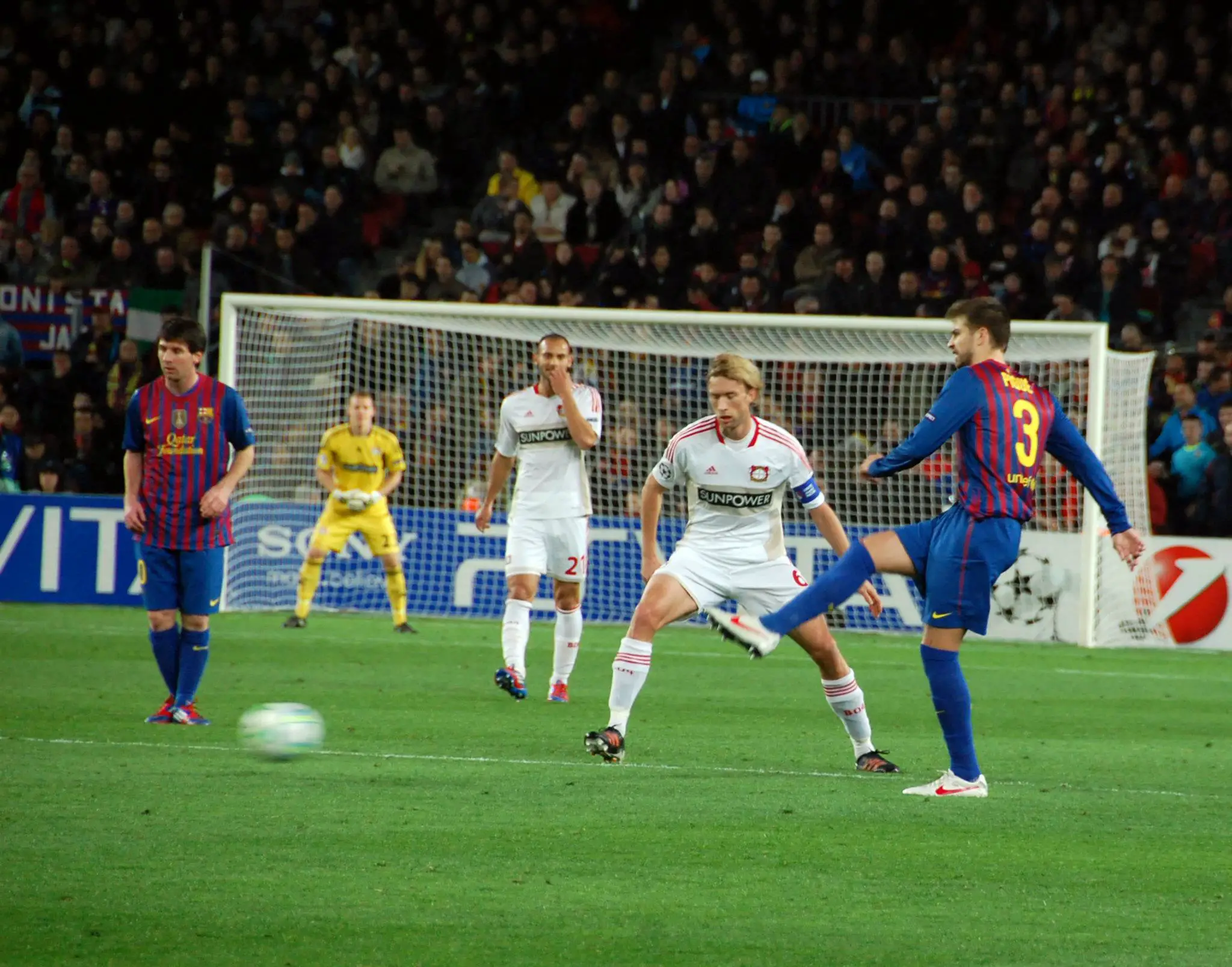
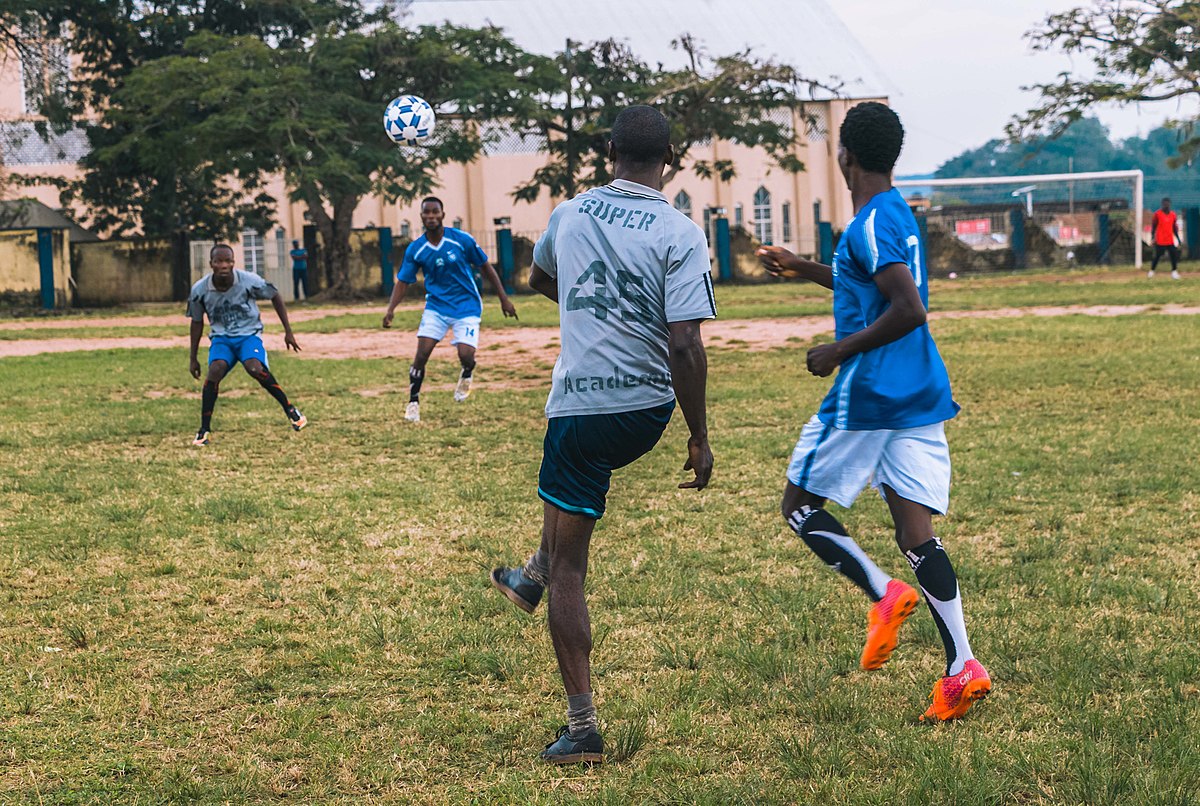
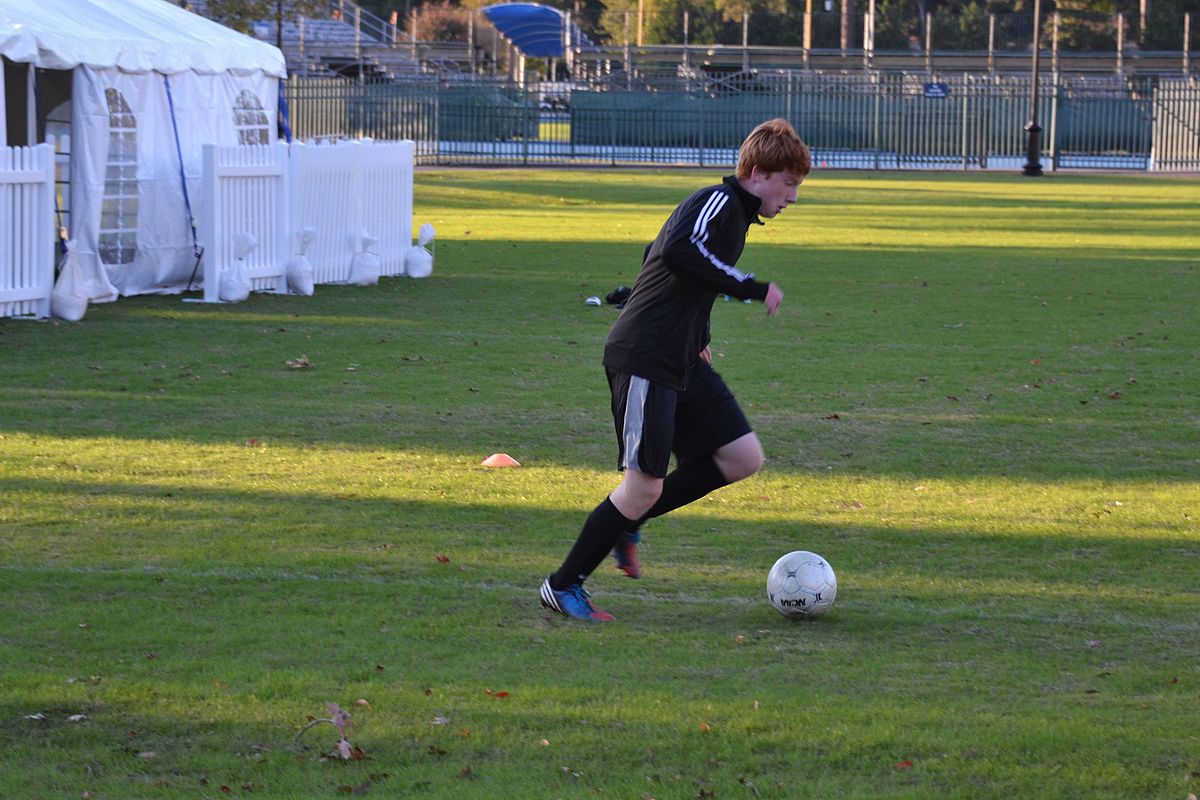


Leave a Reply